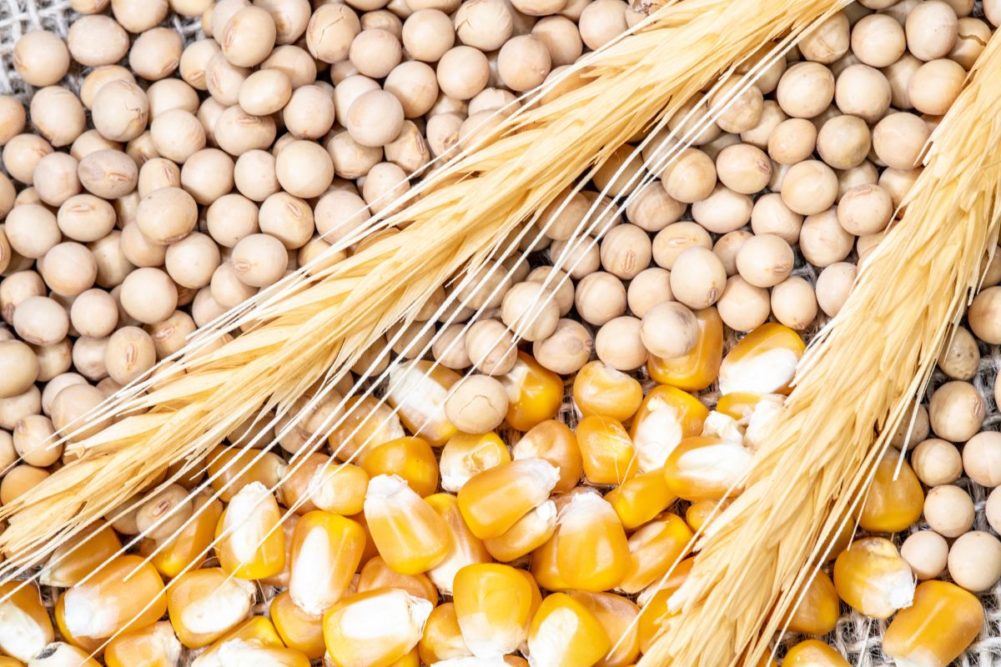UTRECHT, NETHERLANDS — Global food commodity prices are expected to retreat from record highs in 2024 following three years of turbulence caused by war, weather and escalating energy and input costs, according to Rabobank’s annual Agri Commodity Markets Outlook report.
With lower agricultural commodity prices, one of the main drivers behind food price inflation is set to ebb. Despite relief on prices and availability, Rabobank still predicts demand to remain weak as consumers continue to deal with economic challenges, including high inflation and interest rates. Rabobank expects weak economic growth in 2024 to limit the growth in agricultural commodity demand.
“Describing the last three years of global agricultural commodity prices as volatile is an understatement,” said Carlos Mera, head of agri commodities at Rabobank. “Producers are still grappling with the after-effects of war, adverse weather, high farm input inflation and weak consumer demand, but eyeing 2024 as the return to a semblance of normality.”
Rabobank’s Outlook report evaluates the prospects for a basket of agricultural commodities that are crucial to the global economy based on “base case,” “high case” and “low case” scenarios. It tracks the prospects for 10 key agri commodities in the following year.
Rabobank predicts that prices of key agricultural commodities corn, soybeans, sugar and coffee will ease as production has time to adapt to high prices and demand remains weak. Wheat will remain subject to weather and export-related uncertainty. Bakery, dairy and animal protein producers are set to be the biggest beneficiaries of a slowdown in input costs.
“Winners and losers will emerge as agricultural commodities go through different points of the cycle next year,” Mera said. “We anticipate those in the bakery, dairy and animal protein sectors will be the biggest beneficiaries, as the South American market returns to a healthier position and bolsters supplies.”
Brazilian farmers are expecting to see a record soybean crop in 2024 as La Niña weather gives way to El Niño. The bank expects a bumper 163 million tonnes crop haul. Argentina, the biggest exporter of soy products, also is expected to recover after last year’s harvest failure, boosting global stockpiles, although it will be subject to an uncertain foreign currency exchange policy.
For wheat, Rabobank expects another deficit in the global market, the fifth in a row. There will be little relief from the Southern Hemisphere crops in the coming months, with both Argentina and Australia underperforming. El Niño could leave fields in Australia with little moisture ahead of the 2024 planting season, according to Rabobank.
Russia’s 2024 harvest likely will stay above 87 million tonnes, but any expectation is subject to weather uncertainty and export restrictions. Meanwhile, the Russia-Ukraine war will continue to affect production and exports and will lead to a shrinking exportable surplus for both countries.
Wheat prices have declined about 27% since the start of 2023, according to Rabobank, and now trades at levels well below those seen before the war in Ukraine, which began in February 2022. Wheat price weakness is attributed largely to strong Russian exports even after the cancellation of the Black Sea Grain Initiative and pressure from declining corn prices.
Corn demand’s rebound from last year’s rationing has been strengthened by discounts, but consumers still face economic headwinds, the report noted. The strong US dollar and increased feed grain options for countries such as China, which is collecting a bumper corn harvest, will make US exports and stock reductions elusive.
Farmers are well capitalized after years of positive returns but undersold, and a lack storage space, especially in Brazil, will pressure them to sell some corn at cost, according to the report.
“It won’t be plain sailing but the more positive outlook for the majority of agri commodities should lead to relief for buyers,” Mera said. “Governments, businesses, farmers and consumers will all feel beleaguered after a volatile few years. Now’s not the time to toast a recovery, but the outlook for inflation in agricultural commodities is far more positive than in previous years.”
To read the report, visit research/rabobank.com.




